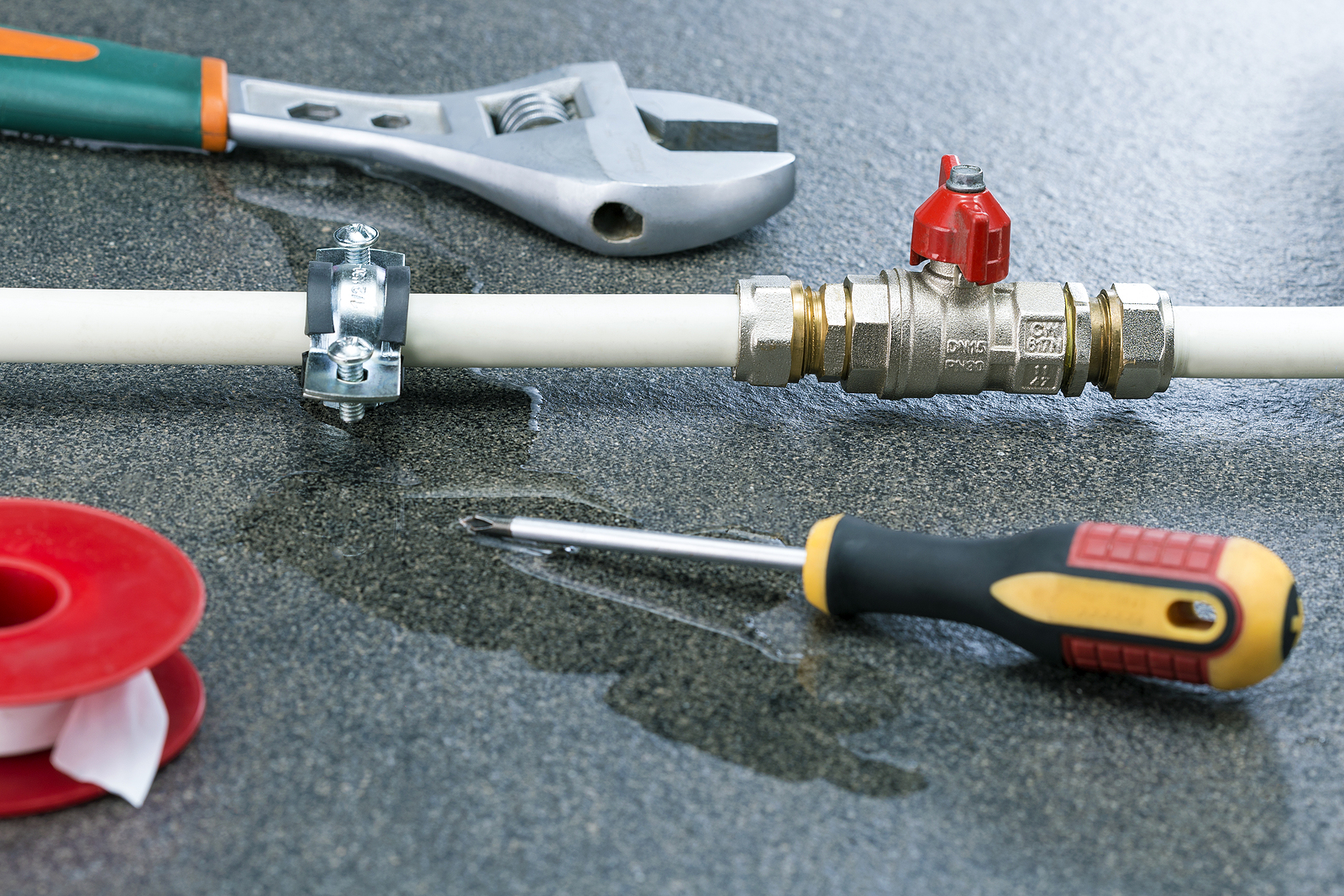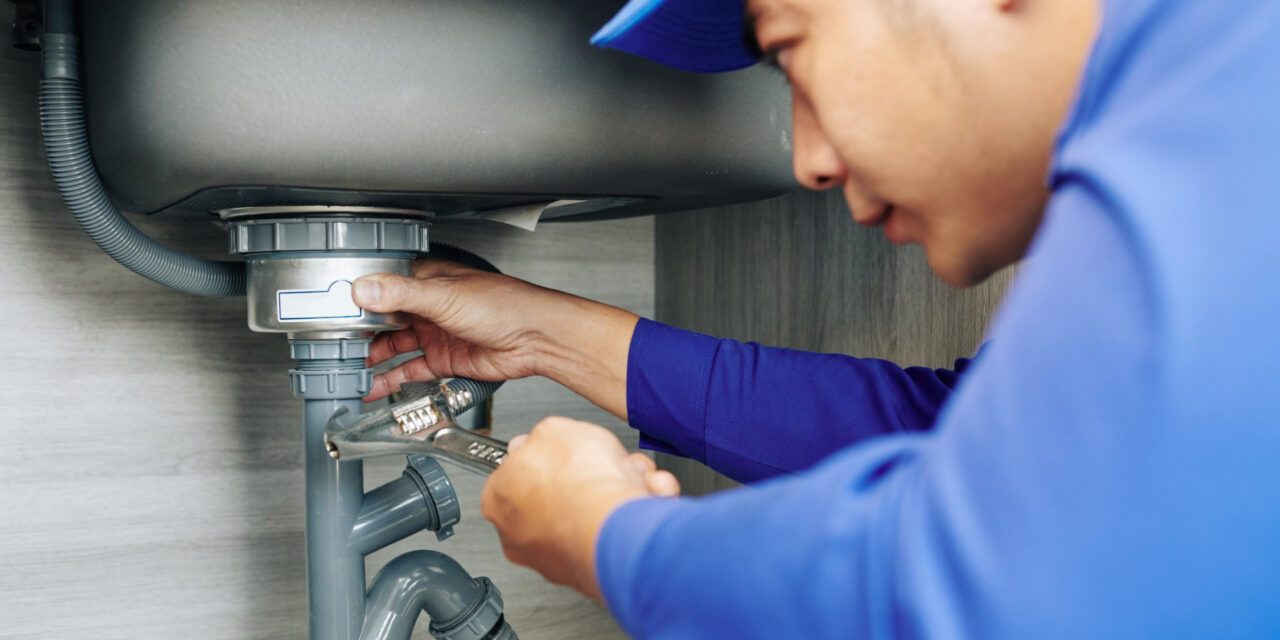We have unearthed the article involving Locating water leaks listed below on the internet and figured it made perfect sense to relate it with you here.

Early discovery of dripping water lines can minimize a potential disaster. Besides conserving you cash, it will certainly reduce the irritation as well as frustration. The moment you discover a leakage, calling your plumber for repairs is the very best remedy. Some tiny water leaks may not be noticeable. If you can not discover it with your nude eyes, below are some hacks that help.
1. Analyze the Water Meter
Checking it is a guaranteed means that aids you discover leaks. If it moves, that suggests a fast-moving leak. This indicates you may have a slow-moving leakage that could even be below ground.
2. Inspect Water Intake
Evaluate your water expenses and track your water intake. As the one paying it, you need to discover if there are any type of disparities. If you identify sudden changes, regardless of your consumption coinciding, it indicates that you have leakages in your plumbing system. Bear in mind, your water costs need to drop under the very same variety on a monthly basis. An unexpected spike in your bill indicates a fast-moving leak.
A consistent rise every month, even with the very same routines, reveals you have a slow leakage that's additionally gradually intensifying. Call a plumber to extensively check your property, particularly if you really feel a cozy area on your floor with piping underneath.
3. Do a Food Coloring Examination
When it comes to water consumption, 30% originates from toilets. Examination to see if they are running properly. Drop flecks of food shade in the storage tank and wait 10 mins. If the color somehow infiltrates your bowl during that time without flushing, there's a leak in between the storage tank as well as dish.
4. Asses Exterior Lines
Do not forget to check your exterior water lines also. Should water seep out of the link, you have a loosened rubber gasket. One little leakage can squander loads of water and also spike your water bill.
5. Examine and Analyze the Scenario
Homeowners must make it a habit to examine under the sink counters and even inside cupboards for any bad odor or mold growth. These two warnings suggest a leak so prompt focus is required. Doing regular examinations, also bi-annually, can save you from a major trouble.
A lot more importantly, if you understand your home is already old, maintain a watchful eye on your heating units, tubes, pipelines and so on. Look for stainings as well as compromising as most appliances and also pipelines have a life span. They will likewise naturally weaken as a result of deterioration. Don't wait for it to intensify if you believe leaking water lines in your plumbing system. Call an expert plumber today so you do not wind up with a dreadful mess in your home.
Early discovery of leaking water lines can alleviate a potential disaster. Some little water leakages might not be noticeable. Inspecting it is a proven method that helps you discover leaks. One small leakage can lose lots of water as well as spike your water expense.
If you believe leaking water lines in your plumbing system, do not wait for it to intensify.
WARNING SIGNS OF WATER LEAKAGE BEHIND THE WALL
PERSISTENT MUSTY ODORS
As water slowly drips from a leaky pipe inside the wall, flooring and sheetrock stay damp and develop an odor similar to wet cardboard. It generates a musty smell that can help you find hidden leaks.
MOLD IN UNUSUAL AREAS
Mold usually grows in wet areas like kitchens, baths and laundry rooms. If you spot the stuff on walls or baseboards in other rooms of the house, it’s a good indicator of undetected water leaks.
STAINS THAT GROW
When mold thrives around a leaky pipe, it sometimes takes hold on the inside surface of the affected wall. A growing stain on otherwise clean sheetrock is often your sign of a hidden plumbing problem.
PEELING OR BUBBLING WALLPAPER / PAINT
This clue is easy to miss in rooms that don’t get much use. When you see wallpaper separating along seams or paint bubbling or flaking off the wall, blame sheetrock that stays wet because of an undetected leak.
BUCKLED CEILINGS AND STAINED FLOORS
If ceilings or floors in bathrooms, kitchens or laundry areas develop structural problems, don’t rule out constant damp inside the walls. Wet sheetrock can affect adjacent framing, flooring and ceilings.
https://www.servicemasterbyzaba.com/blog/how-to-detect-water-leakage-in-walls/

I discovered that blog post about Locating water leaks while doing a search on the web. Sharing is good. Helping people is fun. Many thanks for your time spent reading it.